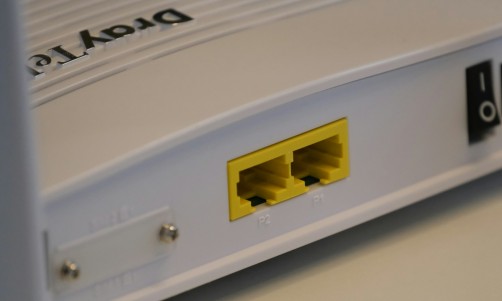At first, geneticists were worried about "recombinant DNA" and the potential implications of manipulating the very source code of life. This seems a God-like power and the effects of reordering the genes or to insert genes from one living thing into another can have tremendous consequences.
Some scientists, worried that their creations might escape out of their control went as far as considering that it should be off-limits for experiments. However, if used wisely, it also has the potential of saving millions of lives. For this reason, molecular biologists and geneticists, together with government regulatory bodies have come to a consensus on the regulations upon genetic engineering. They aimed on finding ways to isolate experiments with the potential of being dangerous and made off-limits cloning of dangerous pathogens.
Some of the most prominent 17 researchers joined for a California conference earlier this year, at the Carneros Inn in Napa Valley. Some of the smartest scientists talked again about genome engineering implications. But today, the stakes have changed. Crispr-Cas9, a new gene editing technique makes it fast, cheap and easy to move any genes around, in any living thing. This might have monumental implications in the history of genetics, molecular biology and biomedical research. The revolutionary DNA editing technique can change our world beyond recognition.
Researchers using this technique that is already been available since three years ago were able to stop multiplying of cancer cells, reverse mutations that cause blindness and made cells immune to the virus that causes AIDS. Bioengineers have used Crispr in order to alter yeast's DNA so that excretes ethanol after consuming plant matter, offering the potential to end our reliance on petrochemicals. Agronomists have engineered staple crops that can feed a planet populated with 9 billion habitants and rendered wheat invulnerable to killer fungi.
International agricultural and pharmaceutical companies are using Crispr in their R&D projects. Startups employing Crispr technology have been launched. Two of the top U.S. universities are still engaged in a war over the Crispr patent. Depending on the type of person you are, Crispr might make you see dollar signs, a Nobel prize or a shiny world of the future.
Genome modification was already a reality of our daily lives. In the year 2002, molecular biologists succeeded to replace or delete specific genes by using zinc-finger nucleases enzymes. TALENs enzymes were used in the next-generation technique. Yet these previous genome modification techniques were complicated, slow and expansive.
They could only work on organisms with their molecular innards thoroughly dissected, like fruit files and mice. Genome engineers were in need for something better than this. Surprisingly, those who found it were not genome engineers at all but basic researchers. They were sequencing the genomes of ancient microbes and bacteria, trying to unravel the origin of life.
As more researchers sequenced more bacteria, they noticed that Crispr's sequences are to be find in half of all bacteria. What is even more interesting is that some of Crispr's sequences didn't work like a typical gene, encoding the eventual manufacture of a protein, but instead led to RNA.
Then, a biochemist named Jennifer Doudna, one of the America's best-known RNA experts, made important discoveries, revealing that the 3D structure of complex RNA molecules could catalyze chemical reactions, just like enzymes. The sequence of the RNA strands corresponding to stretches of viral DNA could home in like a genetic GPS on those segments.
Finally, when the Crispr-Cas9 complex comes to its destination, Cas9 changes shape and slices the DNA with a precise molecular scalpel. In other words, the Cas9 protein can work as a programmable machine for DNA cutting. This is like trading zinc-finger nucleases and TALENs rusty scissors for a computer-controlled laser cutter.
The Crispr DNA editing technique is revolutionary by any means. It is also dangerous, like any revolution. It could allow genetics researchers to create everything chimera monster anyone ever worried they would: species specific bioweapons, invasive mutants, designer babies and many other apocalyptic Sci-Fi alike. For this reason it should bring with it a set of all-new rules for the practice of life sciences research. However, for now, no one really knows what these rules should be. Even before a general consensus on the rules, might come someone who will be the first to break them.














